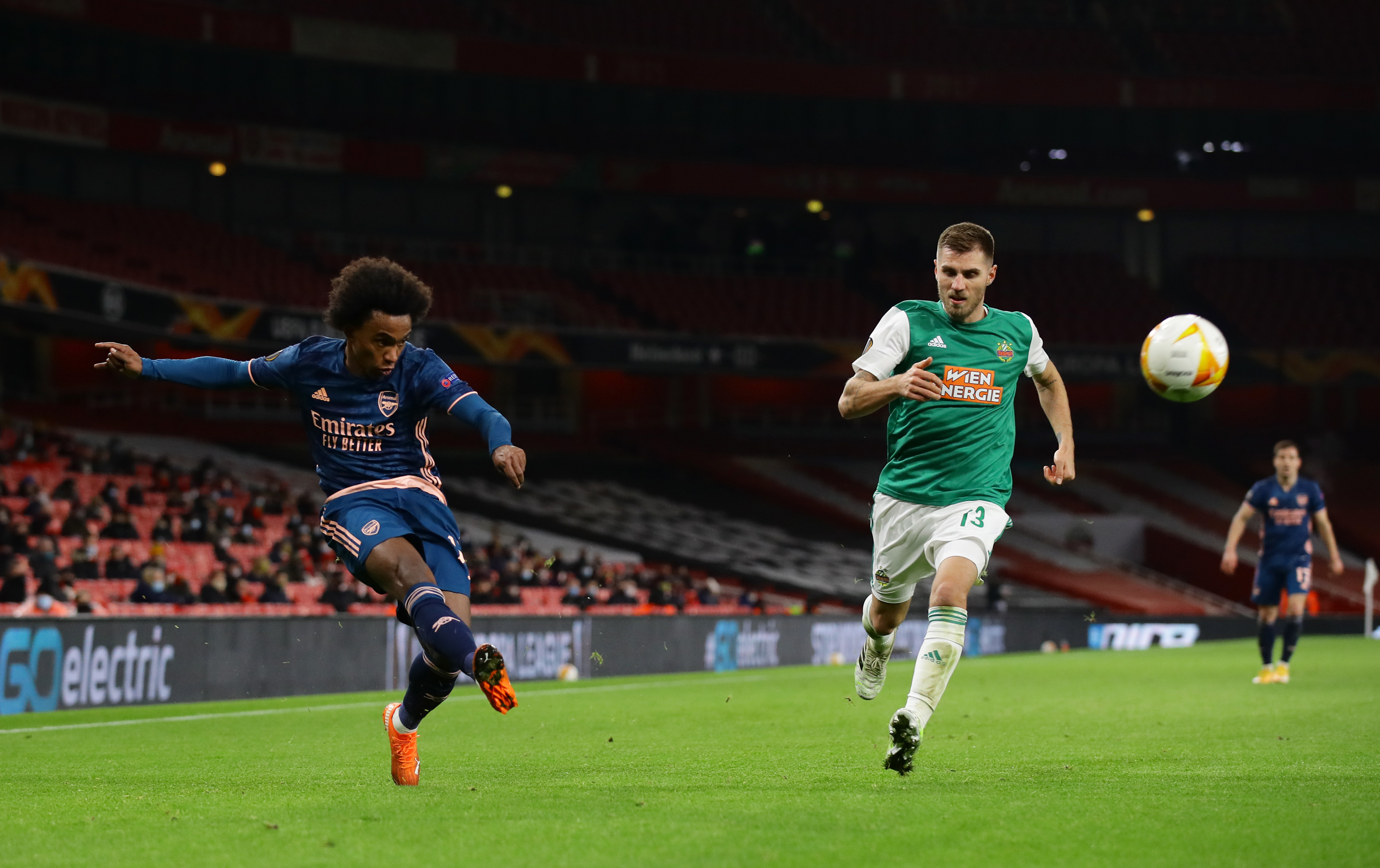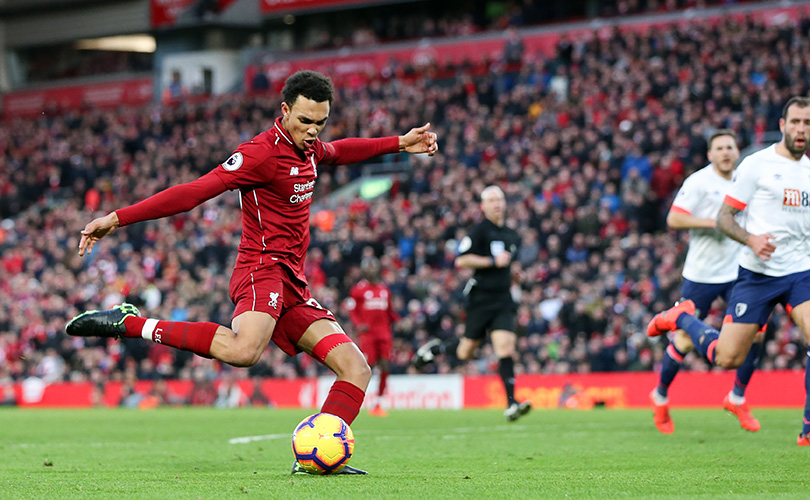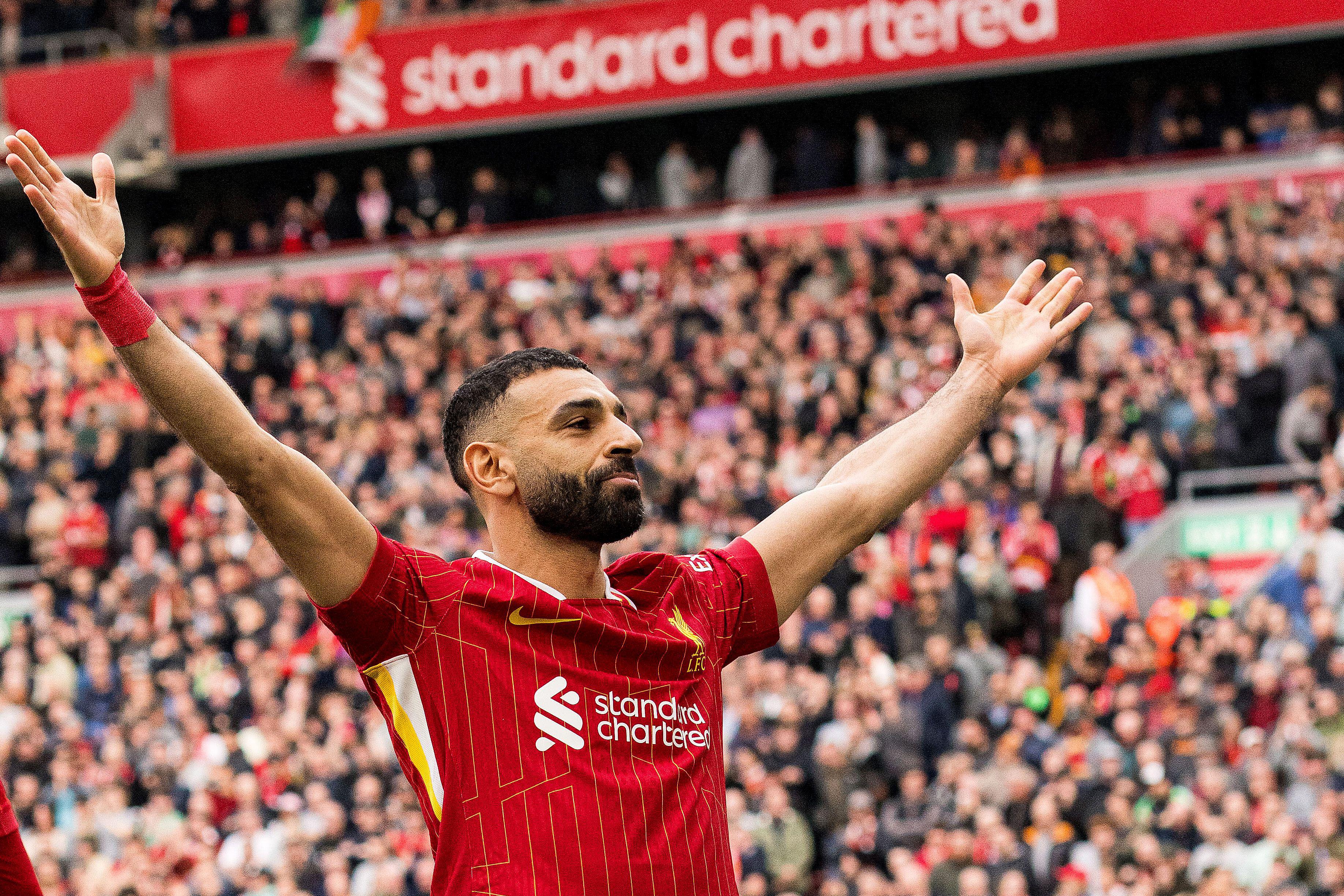Is crossing a dead art? How swinging it in became the hallmark of uncreative sides
While Mikel Arteta may defend recent Arsenal performances on the basis of crossing statistics, the approach is worryingly reminiscent of David Moyes' Manchester United side

“I think we had 54 crosses,” said Arsenal boss Mikel Arteta. Perhaps he had such pride in the feat that his excitement led him to exaggerate. It was actually only 44, even if the numbers others noticed after the North London derby – the 2-0 scoreline, the 11 points and 14 places between neighbours, the two shots on target Arsenal mustered – felt more relevant.
It was not a persuasive argument. Arsenal’s 44 – or 54 – crosses did not make them moral winners or unfortunate or a team showing signs of progress. It just meant they gave Eric Dier and Toby Alderweireld ample opportunities to head or clear the ball.
But it highlighted a crisis in crossing. Not in all of it, obviously: it can remain a brilliantly deadly weapon. Think of the Beckham-esque centres that Kevin De Bruyne delivers from the inside-right channel or the whipped balls Trent Alexander-Arnold and Andy Robertson deploy to set up goals for Liverpool’s fast-arriving forwards or the supply line of the young pretender, Reece James. In Kieran Tierney and Bukayo Saka, Arsenal actually have two fine left-footed crossers.

But crossing has a perception problem. It is one created by uncreative teams. Crossing has become the default approach for sides who have no other strategies how to unlock a defence. Crossing became unfashionable the day David Moyes’ Manchester United put in 81 crosses against Fulham in January 2014; approximately 80 of them landed on the head of Fulham’s 6ft 7in centre-back Dan Burn. On such occasions, there seems to be an inverted equation between crosses and goals: the more times a team crosses, the less likely they are to score. Quantity becomes the opposite of quality.
It felt odd to hear Arteta, that graduate of La Masia, the apprentice to Arsene Wenger and Pep Guardiola, boast about the number of crosses Arsenal attempted. Actually, his mentor’s Manchester City tend to be at their least inspired when they put in the most crosses; instead of the laser-like low cutbacks for close-range finishes, they compensate with hopeful balls. And, as Arteta’s Arsenal and Moyes’ United showed, the law of averages does not work when it comes to crosses and goals.
Part of the issue is that the type of forwards who wanted a diet of crosses are a dying breed. Alexandre Lacazette and Pierre-Emerick Aubameyang have seven headed goals in the Premier League between them; they don’t request the sort of service Ians Ormondroyd and Olney needed. There are fewer target men than was the case decades ago; Dominic Calvert-Lewin, Harry Kane, Raul Jimenez (when fit), Chris Wood and Aleksandar Mitrovic may appreciate aerial balls, but few of their striking peers do. Two of the top three scorers from headers this season are Kurt Zouma and Jannik Vestergaard, centre-backs rather than centre forwards. These days crosses need pinpoint accuracy to find smaller forwards; many of the most effective come on the counter-attack, not against packed defences.
There was a time when English football was reliant on crosses, when the centre of the pitch was a mud-bath, the smoother surfaces were found on the flanks and the flair players gravitated there. Wingers were fetishised. Now they are again, but after being reinvented as inverted, narrow, goalscoring forwards. They are not ‘the Wizard of the Dribble’ as much as the wizard of the electric burst in the inside-left channel, which is an altogether less catchy tag.
Get FourFourTwo Newsletter
The best features, fun and footballing quizzes, straight to your inbox every week.
In the evolution of the English game, the most creative area became between the lines. ArseneWenger’s Arsenal were an extreme case, attempting to play their way through teams, trying to cram in as many players with designs on the No. 10 role as possible. Now there is a void in the playmaker’s position, with Mesut Ozil exiled and Lacazette masquerading as a No. 10.
Not everything at Arsenal can be traced back to Ozil, but the common denominator in witless crossing tends to be a lack of ideas in central areas. It is a tactic that shows more desperation than inspiration. Enough, perhaps, to make you cross. But not like that.
While you’re here, subscribe to FourFourTwo and save 48% – available until Christmas. It’s the perfect gift idea for anybody who loves football (including yourself)!
NOW READ
NEWS Robert Lewandowski voted Player of the Year in FourFourTwo Awards
CHELSEA Pernille Harder voted Women's Player of the Year in FourFourTwo's 2020 Awards
GUIDE Premier League live streams: How to watch every game this weekend, from anywhere in the world
Richard Jolly also writes for the National, the Guardian, the Observer, the Straits Times, the Independent, Sporting Life, Football 365 and the Blizzard. He has written for the FourFourTwo website since 2018 and for the magazine in the 1990s and the 2020s, but not in between. He has covered 1500+ games and remembers a disturbing number of the 0-0 draws.

